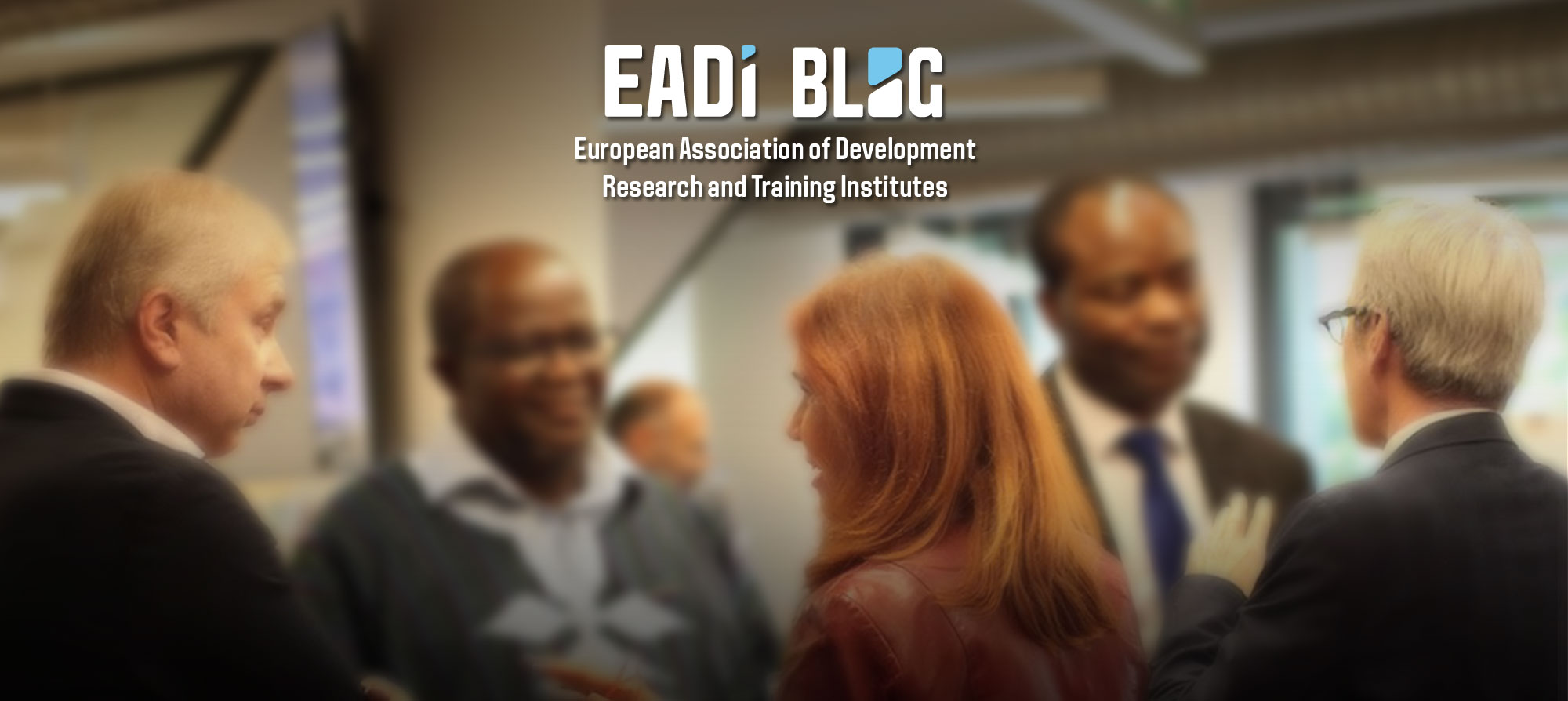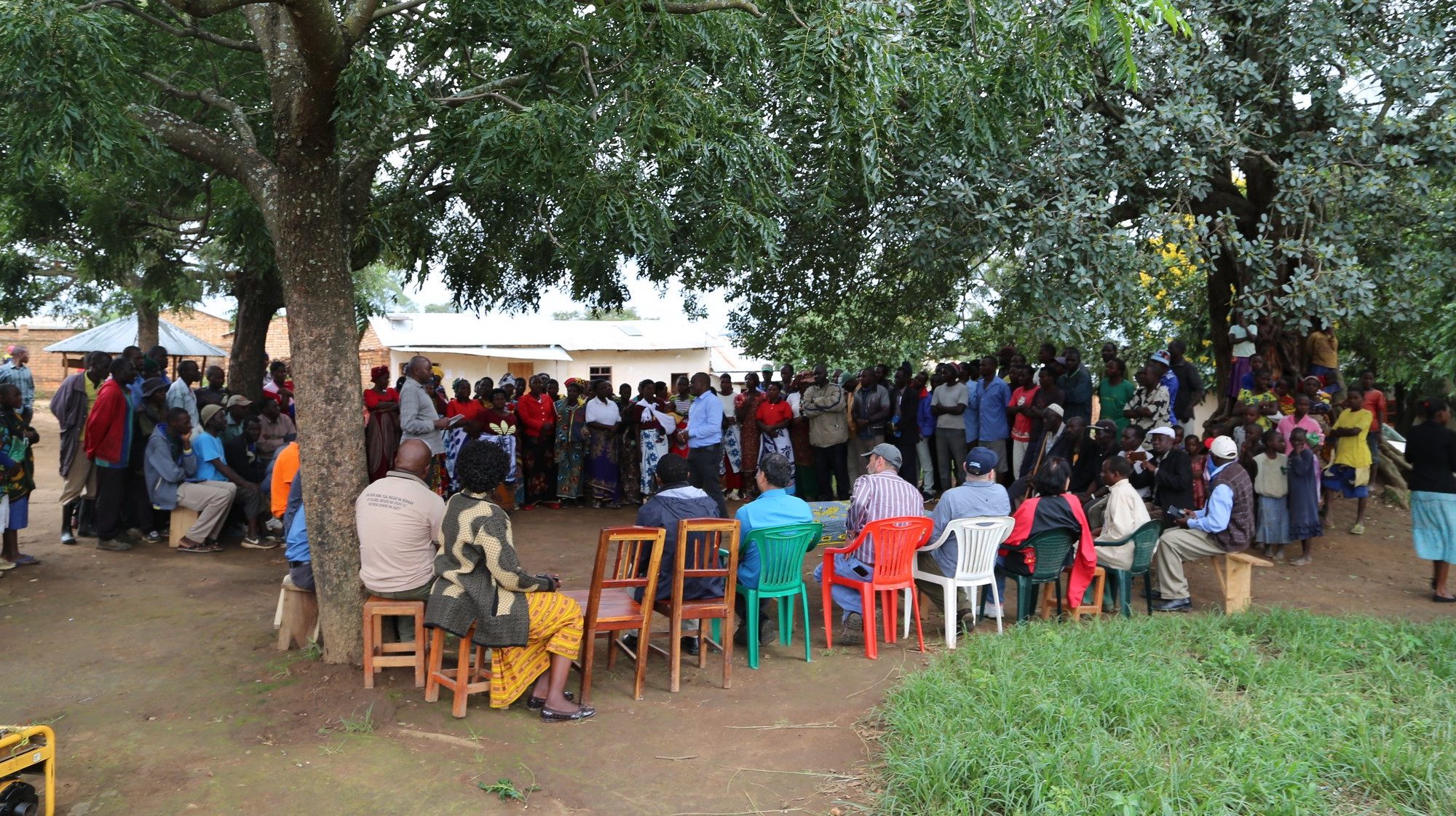By Rasul Ahmed Minja
One of the chief concerns of new sustainability initiatives for managing natural resources and involving public and private actors is to build and retain legitimacy among different audiences and stakeholders, legitimacy understood as the ‘process where partnerships gain recognition and become accepted as a relevant alternative or supplement to government policy on a particular issue’. But how can we better understand the legitimacy of sustainability partnerships from the perspective of local communities? Or, more precisely, how do different sustainability partnerships develop, gain (or fail to gain), and manage legitimacy in local communities? What kinds of legitimacy do they seek and how? And which paths for building and maintaining legitimacy yield what kinds of perceived conservation and socio-economic outcomes?
To answer these questions, my co-authors and I compared a selection of sustainability partnerships in south-east Tanzania that attempt to balance conservation and development goals in wildlife, forestry, and coastal resources for a recently published article. The main two lenses for our empirical assessment of the legitimacy of selected sustainability partnerships were input and process legitimacy and impact legitimacy.
Why Tanzania?
Tanzania is an ideal case to study legitimacy in sustainability initiatives because it is considered a model of decentralization and implementation of participatory approaches in forestry, wildlife, and coastal resources. This is also because, unlike other countries in eastern and southern Africa, Tanzania does not have the problem of defining what a ‘community’ is in community-based natural resource governance .
Higher Levels of Awareness of Sustainability Initiatives
Arguing that a higher level of awareness is a precondition for legitimacy, we found that, most respondents were aware of the basic rules and regulations governing wildlife, forestry, and coastal resources. Moreover, initiatives dealing with the governance of forestry resources have been relatively more successful in creating awareness of basic rules and regulations on protected areas than those operating in the coastal resource areas and with wildlife.
Rules and Rights are Acceptable, but Some are Unfair
We also examined local perceptions of the acceptability, fairness, transparency and clarity of rules and rights to access and use in the three sets of resources and were happy to see that most respondents found access and use rules and rights in all three study sites to be fair, clear, and acceptable.
However, local communities also perceived specific rules to be unfair, for instance, restrictions on certain fishing gear, such as small-mesh nets (beach seines), and zoning of fishing areas; restrictions on harvesting mangroves and selling personal plots of land without a special permit from the marine park, and regulations around fishing licensing. In sum, even if rules are perceived to be clear, fair, and acceptable by most respondents, many people hold reservations on how they are enforced and/or how their rights to access and use are considered or disregarded.
Participation in Meetings
Attendance of village-level meetings is an important avenue through which local communities can actively participate in decision-making on issues that directly or indirectly affect their welfare. Unfortunately, results show that attendance at meetings related to the implementation of sustainability initiatives is generally low. Attendance is slightly higher in villages in forest sites than in wildlife and coastal sites. These may represent a section of the community who are indifferent or feel that their attendance at such meetings will not make a difference.
Community Involvement: Adding Salt to a Wound
In general, communities in the Community-Based Forest Management initiatives appear to be slightly more satisfied with their participation than those in the Beach Management Units and Wildlife Management Areas. The lowest level of satisfaction seems to be among people from marine park villages. In the words of a resident:
“If you introduce an issue concerning the marine park in a village meeting, it may end right there. If you talk about the marine park, you add salt to a wound. Marine Park has not held any meetings with the community here, and we are important stakeholders. If you want meetings not to be conducted smoothly, just introduce the issue of the marine park. The marine park has not been close to the people.”
Overall, people are not impressed with the level of involvement in these initiatives which can be linked to two sets of factors: the involvement of local communities in these arrangements; and the perceived benefits flowing to them. Local communities know that they ought to be engaged but have reservations about the degree of engagement and collaboration with these initiatives.
Leadership Performance
Another essential element of legitimacy is whether the communities perceive the leadership of sustainability initiatives as performing as expected. The legitimacy of an initiative can be questioned and may eventually be challenged if the target communities perceive its leadership as unresponsive, unaccountable, and untrustworthy. Overall, the top reason mentioned by respondents for their being unhappy or very unhappy were lack of involvement (especially in coastal sites)—including lack of regular interactions with communities and top-down imposition of decisions. The second top reason was a poor performance, indicated by lack of commitment, non-fulfillment of responsibilities, and low pace in taking and implementing decisions.
Limited Effects on Socio-economic and Livelihood Outcomes
Although also asked about possible household-level benefits of nearby sustainability initiatives, people mainly mentioned conservation knowledge as the main benefit, which is rather a benefit on community-level. So we can say that sustainability initiatives seem to have had limited effects on socio-economic and livelihood outcomes – with the possible exception of community-based forest management – , and to be more inclined towards the provision of training on conservation issues than in facilitating the development of alternative livelihood activities.
Improved Environmental Conditions
Nevertheless, many respondents held the view that environmental conditions have improved concerning forestry reserves, wildlife populations, and the status of corals and mangroves, while they were concerned with the state of fish stocks. People attributed the decline in fish stocks to increasing unregulated and illegal fishing practices, population increase, and other environmental factors. On the other hand, they attributed the increase in wildlife populations and better conditions in forest reserves, corals, and mangroves to three common factors: improved enforcement of conservation rules, improved environmental and conservation knowledge among community members, and fewer people engaging in destructive activities.
Conclusion
We found that the lack of material incentives in wildlife and coastal resources meant that these initiatives have struggled to gain and maintain legitimacy—despite deliberate, evolving, and persuasive efforts on raising awareness of the relevant rules and regulations. Building legitimacy needs to include the creation of awareness of the agreed norms and rules; it needs to include clarity on the eligibility to participate, and it needs mechanisms promoting accountability and transparency. Nevertheless, these are insufficient for sustainability initiatives to become accepted as alternatives or supplements to government policy.
In sum, improved conservation knowledge and enhanced enforcement of conservation rules have contributed to some improvements in the environmental conditions of forestry, wildlife, and coastal resources in southern Tanzania. However, sustainability initiatives have been more inclined towards training on conservation issues than providing or facilitating tangible socio-economic benefits at the household level. They have thus failed to strike a balance of conservation and socio-economic outcomes, with the possible exception of community-based forest management initiatives.
Rasul Ahmed Minja is a Senior Lecturer at the Department of Political Science and Public Administration at the University of Dar es Salaam (UDSM). Dr. Minja has a Ph.D. in political science from the Institute for Political Science of the University of Duisburg-Essen, Germany. His main research interests include regional integration, regional security, governance, and legitimacy issues related to natural resource extraction and management, international law, and election management. He has published works on the following themes: regional integration, community policing; election management; regional security; civil-military relations; the Tanzania Union, East African Community (EAC) federation, local government elections, the parliament and participatory democracy.
Image: africarising under a creative commons licence on Flickr
This blog post is based on the paper “The Legitimacy of Sustainability Initiatives in Tanzania” published on 10 March in the European Journal of Development Research.

